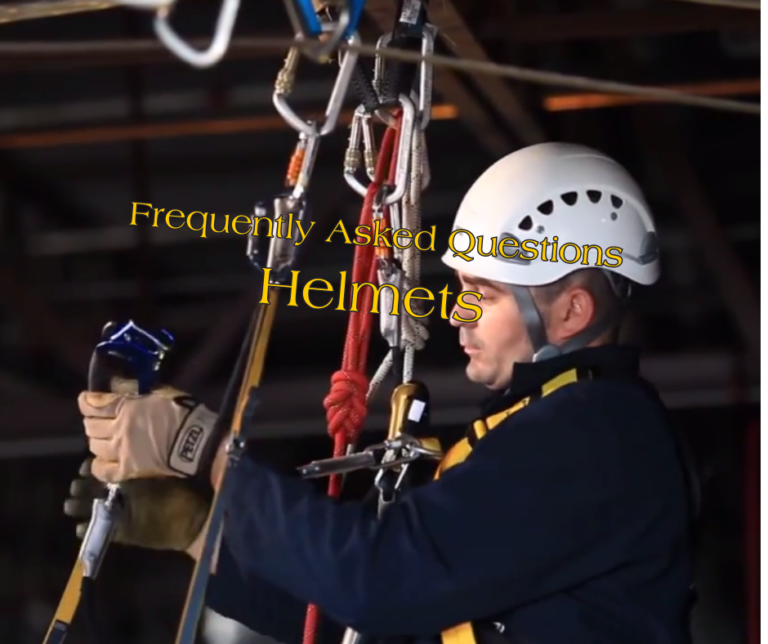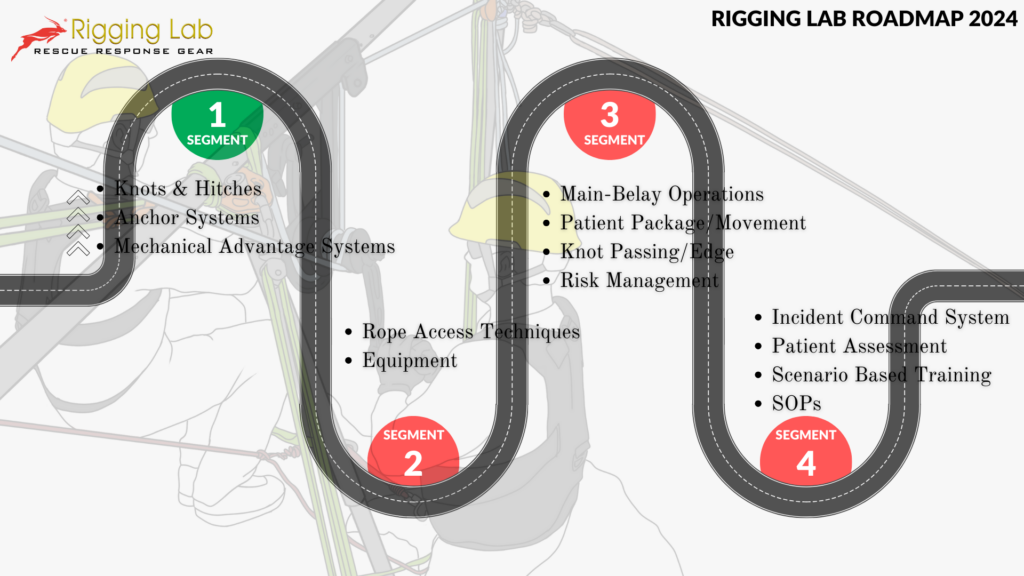Q: Is there a single helmet the fits all rescue needs?
A: No, there is not a single helmet that fits all rescue needs. With rescue helmets there are many options driven by two major factors; 1) Your agency and 2) The environment of rescue.
Generally speaking the majority of urban fire/rescues follow FEMA/USAR requirements. The dominant standard for these helmets is NFPA USAR 1951-2007. Ultimately, OSHA has the final say on PPE for industrial rescue.
There are a variety of helmets available that meet the NFPA and OSHA requirements. Some helmets are designed specifically for certain types of rescue, such as confined space or high angle rescue. Others are more general purpose.
The important thing is to make sure that the helmet you choose meets the requirements for the type of rescue you will be performing.
Some helmets are equipped with face shields, which can provide additional protection in certain situations. helmets with face shields can be useful in protecting against smoke and other airborne contaminants.
Ultimately, the decision of which helmet to use is up to the individual rescue team. Some teams may prefer one type of helmet over another, based on their own experience and preferences.
There is not a single helmet that fits all rescue needs, as helmets are designed to protect different parts of the head from different types of impact. For example, Type I helmets are designed to address the force of an impact to the top of the head, while Type II helmets address the top and well as the sides of the head. While ANSI helmets parallels OSHA hard hat requirements, they also go a step further on the electrical issue language.
- Class G (General): These helmets are proof tested at 2,200 volts.
- Class E (Electrical): These helmets are proof tested at 20,000 volts.
- Class C (Conductive): These helmets offer no protection against electrical contact to the head. Typically any helmet that has ventilation holes fall under this category. Ventilation holes are preferred in helmets that are used for swiftwater applications.
Q: What are the key differences between helmets designed for technical rope rescue and those used in other rescue scenarios?
A: Helmets designed for technical rope rescue often feature additional features such as side impact protection, compatibility with communication devices, and integration with headlamp systems. They are also typically certified to specific standards relevant to rope rescue operations.
Q: How do I ensure that a helmet meets the necessary safety standards for technical rope rescue operations?
A: Ensuring that a helmet meets the necessary safety standards involves checking for certification to recognized standards such as UIAA 106 or EN 12492 for climbing and mountaineering helmets, or NFPA 1951-2007 for urban fire/rescue helmets. Additionally, inspecting the helmet for any damage or signs of wear, and following manufacturer guidelines for proper use and maintenance, are important factors in ensuring safety.
Q: Can helmets designed for climbing or other outdoor activities be used interchangeably with those specifically intended for technical rope rescue?
A: While helmets designed for climbing or other outdoor activities may provide some level of protection, they are not specifically engineered for the unique hazards and requirements of technical rope rescue. It is generally recommended to use helmets specifically designed and certified for technical rope rescue operations to ensure optimal safety and protection.
In general, helmets designed for climbing and mountaineering can offer good protection in rope rescue, provided they are properly fitted and used correctly. Look for helmets that are certified to a recognized safety standard, such as UIAA 106 or EN 12492.
Hard-shell helmets offer the best protection against severe impacts, while soft-shell helmets may provide some protection against low-level impacts. Do not use a helmet if it is damaged or has been involved in a serious fall. Always check the manufacturer’s instructions before using any type of helmet.
The short answer?… Build the SOP around the function of the helmet and the form will present itself by nature of design and standards.
Peace on your Days
Lance










